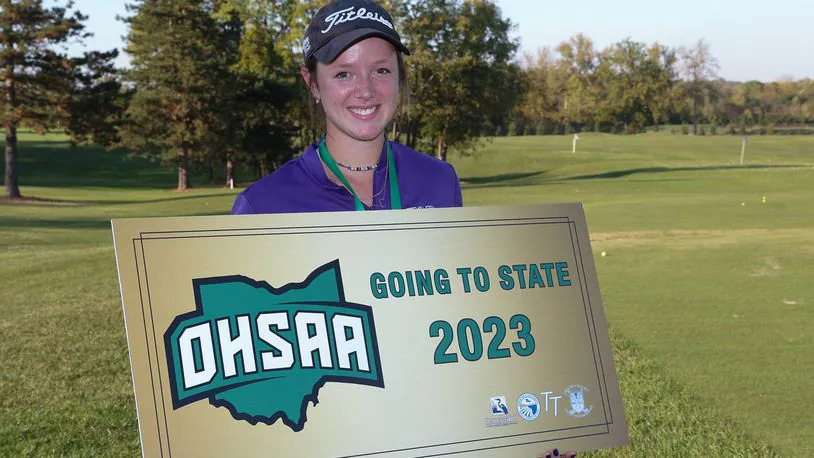They are the places that many only dream of seeing, the places most people don’t even see in a lifetime. For 26 travelers now returning to the University, nine weeks was almost enough.
The first GeoJourney group set off to travel the United States Aug. 15 and returned Oct. 16 with thousands of pictures and stories to share.
Students on the GeoJourney trip earned 16 credit hours from the four classes intertwined with the adventures: GEOL 250 and 251, ACS 252 and ENVS 253.
Joe Elkins, an assistant professor of geology, had done GeoJourney seven times elsewhere and wanted to bring the experience to the University for the first time.
“There is no comparison between this trip and a traditional classroom setting,” Elkins said.
Tours of 24 states and 29 national parks included a climb to the top of Mt. St. Helens — they were the last group before it erupted — an earthquake, a 12-hour-hike through the Grand Canyon, tropical storms, Yosemite National Park, Death Valley, Crater Lake, museums, swamps, fossils: The list goes on and on for these students.
During lecture time in the Sierra Nevada, the group was sitting around in a circle listening to Elkins as he used a dry erase board to teach. The ground began to shake and the traveling vans were almost up on two tires for about 30 seconds. The GeoJourney group had experienced an earthquake with a magnitude of 5.4 — they were only 15 miles from the epicenter.
“These students felt an earthquake, it’s hard to put a value on that,” Elkins said. “They can actually say something about an environment that was formed. They have a real understanding.”
The students feel they began to see the connections between ancient civilizations and modern times. It could have been the oldest and tallest trees — more than 300-feet high. Maybe it was just the differences between the west coast and the east, or the landforms of arches, sand dunes, and flash floods, or even the effects of a hurricane on a coastal city.
“We never knew what to expect,” said Dana Zook a first-year student at the University. “We could wake up and it would be 30 degrees, then drive five hours and feel the wrath of Death Valley.”
Elizabeth Chibucos shared a story of the trip to Angel’s Landing at Zion National Park. This hike was a skinny trail and a 1,500-foot drop.
“We climbed to the top of this huge mountain that took three hours. We felt our way along chains and when we got to the top and looked around, it was absolutely amazing,” Chibucos said. “We were shouting and listening to the echoes. … It was just amazing.”
Their hike to the bottom of the Grand Canyon began at 3 a.m. under a full moon to beat the intense heat. They made it to the bottom in time to watch the sunrise.
However, the GeoJourney trip wasn’t all fun, games and beautiful sights.”This trip was very, very hard — both physically and academically challenging,” said third-year University student Brian Hensien. “We were exhausted and I could say it was the hardest thing I ever had to do, but definitely the greatest thing I could ever do.”
Sixteen weeks of academic material crammed into nine. Exams, projects, and lectures every night accompanied the great excursions. The faculty members didn’t save any space as they wrote out the students’ exams on three dry erase boards as big as car windshields.
Grades in the courses are based on many variables; the exams, field books that the students had to write in constantly, how each person helped around the camp, one’s attitude, and basically, as a person.
“I realized how little we really are in the whole scheme of things,” said Amanda Takacs, a second-year student at the University. “The experience with the people, the places — it’s something that changes you forever. It’s really a self-finding experience.”


















